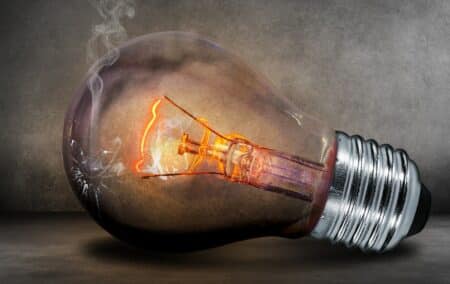The Department of Mineral Resources and Energy has finally gazetted schedule 2 of the Electricity Regulation Act, which will enable private entities to generate up to 100MW of “distributed”, or self-generated, electricity without a licence, according to Carol Paton in BusinessLIVE.
Importantly, the schedule addresses “wheeling” — conveying electricity from the point of connection to the point of consumption via a third-party transmission or distribution network.
The point of connection refers to the electrical node on a distribution or transmission system where a customer’s assets are physically connected to the licensed distributor’s or transmitter’s assets.
Important factors for producers will be their ability to distribute electricity using the national grid and the costs for doing so.
SA Photovoltaic Industry Association COO Niveshen Govender said the mention of wheeling was a positive aspect of the schedule. “The schedule has removed reference to the ‘single customer’ and focused on ‘an end-user customer’, which could allow for a single or multiple customers.
“Third-party generation has been recognised with regards to a legal entity that may be an embedded generator, who may contract with a distributor and then apply wheeling,” he said.
But he said a lack of comprehensive definitions would create unnecessary ambiguity.
The new schedule 2 will accelerate the building of distributed generation by multiple producers.
The notice stipulates that, though operations generating 100MW of electricity will not have to be licensed, they will have to comply with the code and other authorisations, and must be registered with the National Energy Regulator of SA.
Allowing embedded generation has been a central request from organised business for the past three years. However, minister of mineral resources & energy Gwede Mantashe had resisted raising the cap from 10MW.

